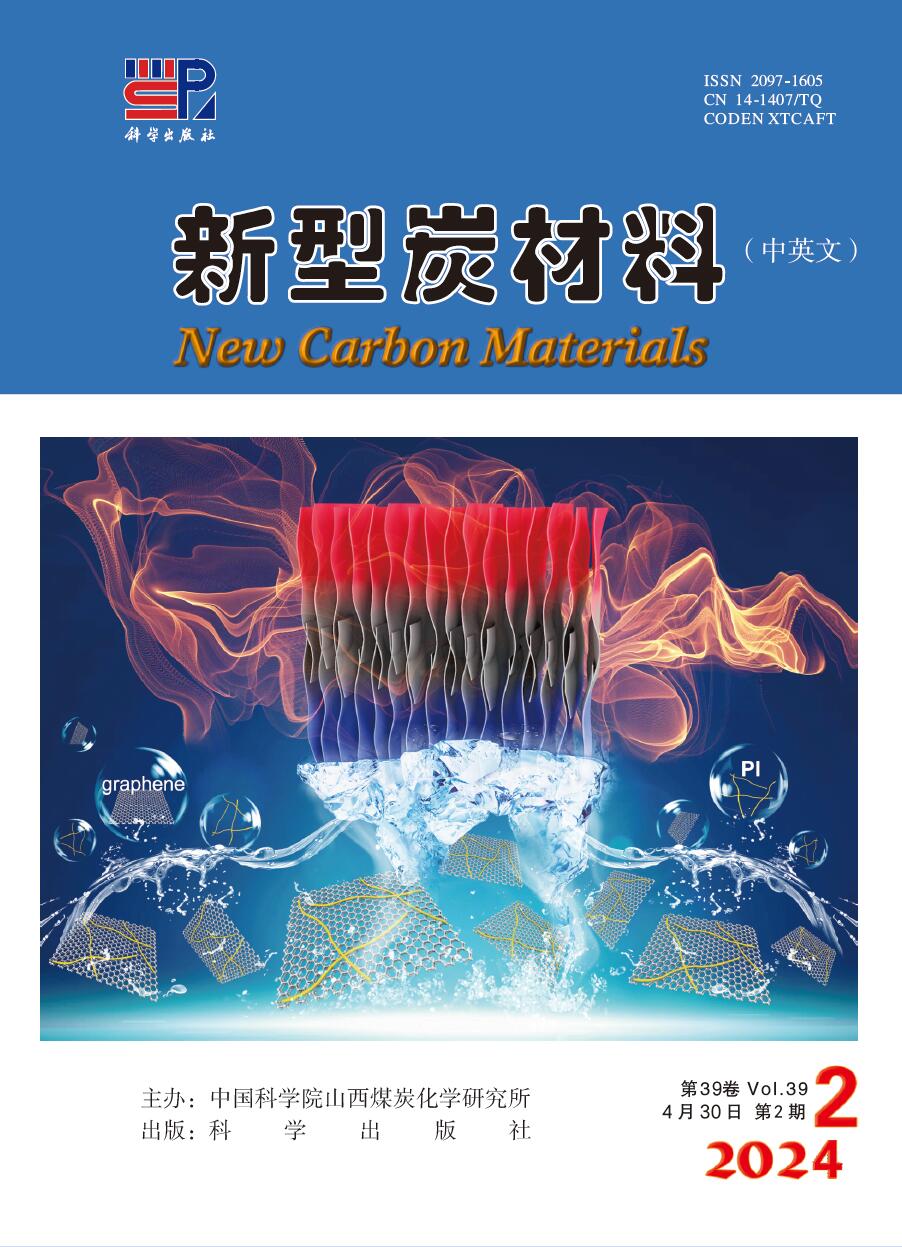2013 Vol. 28, No. 1
2013, 28(1): 1-7.
Abstract:
2013, 28(1): 8-13.
Abstract:
2013, 28(1): 14-19.
Abstract:
2013, 28(1): 20-25.
Abstract:
2013, 28(1): 26-32.
Abstract:
2013, 28(1): 33-38.
Abstract:
2013, 28(1): 39-46.
Abstract:
2013, 28(1): 47-54.
Abstract:
2013, 28(1): 55-60.
Abstract:
2013, 28(1): 61-65.
Abstract:
2013, 28(1): 66-70.
Abstract:
2013, 28(1): 71-75.
Abstract:
2013, 28(1): 76-80.
Abstract:


 Abstract
Abstract PDF
PDF

 Classified Collection
Classified Collection

 Email alert
Email alert RSS
RSS Download
Download Links
Links

